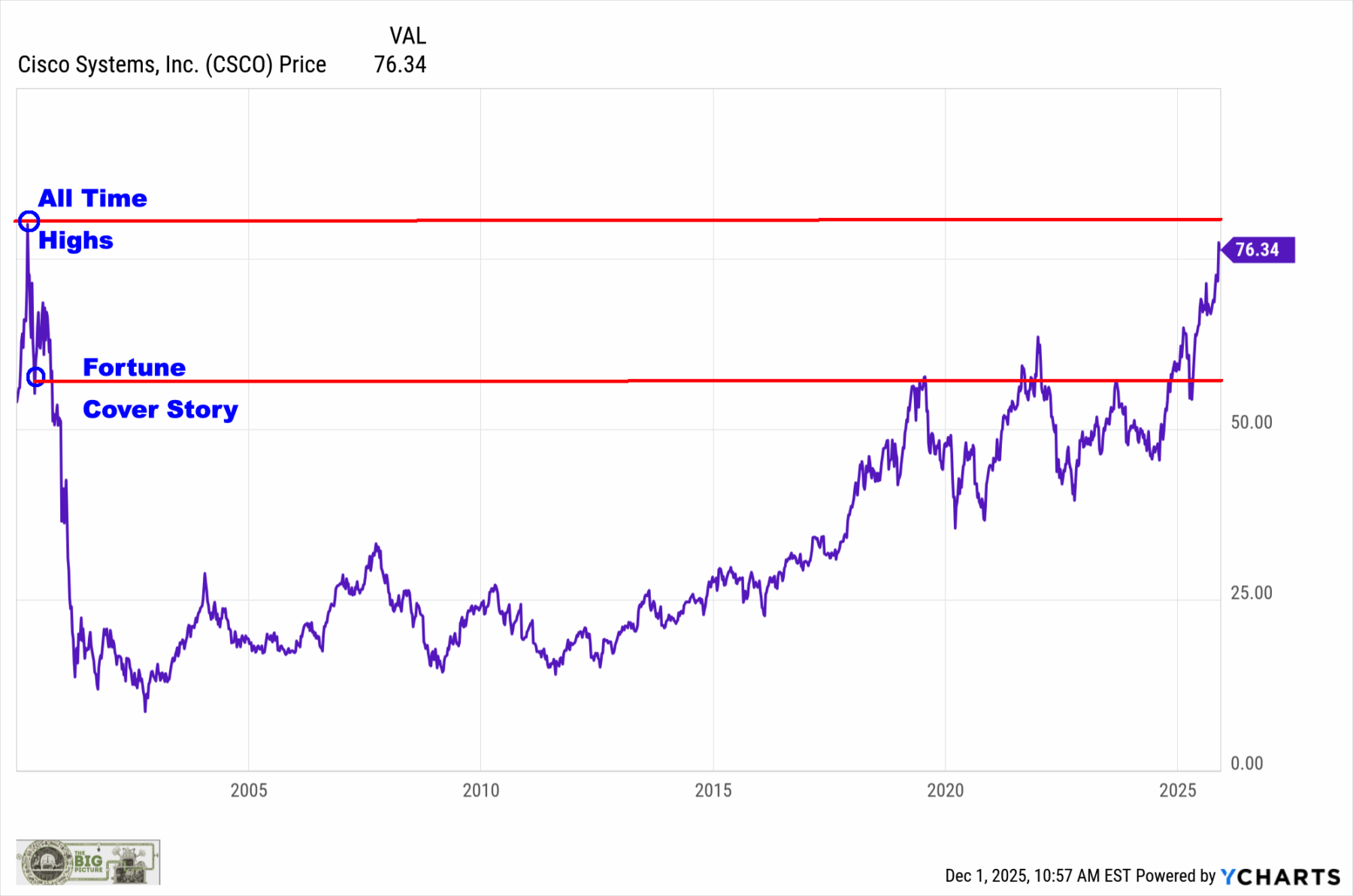This is the second of two posts I am writing in reaction to Adam Martin, who wrote two responses to my essay about ways in which James Buchanan may be leading free market economists astray with his ideas. This post will focus on social welfare functions and debt.
To start, I am a perplexed that Martin claims social welfare functions are a “zombie” idea that was “buried” long ago by Kenneth Arrow and James M. Buchanan. Maybe this is true amongst libertarians, but social welfare functions are alive and well in numerous areas of modern economics, including climate change economics, optimal tax theory, and macroeconomic growth theory, just to name a few. Neither Arrow nor Buchanan buried them, and it may be a sign of an insulated culture amongst Austrian economists that Martin incorrectly thinks they did.
With regard to Arrow’s “impossibility” theorem, Martin supports the unpopular Independence of Irrelevant Alternatives (IIA) condition. IIA is indefensible for at least two reasons. The first is that it requires pairwise comparisons. That is, it requires the decision maker to choose between alternatives in pairs, rather than in groups of three, four, or some other number. There is no basis for this assumption. It certainly doesn’t conform with reality, where people routinely choose amongst many options simultaneously. For this reason alone, we can disregard Arrow’s theorem.
Even if we assume the pairwise comparison restriction is reasonable, IIA has other problems. For example, it rules out the possibility of contingencies. In a previous essay, I used the example of how if the option to go to college becomes available, this could change a preference ordering I have with respect to how I spend my evenings (studying or partying). By excluding information from this alternative as “irrelevant,” it’s as if consequences are removed from consideration.
If Martin doesn’t like my college example, a common example found in the academic literature is third party candidates running in a political race, which can result in strategic voting. Some Florida voters in 2000 preferred Nader over Gore, but in a matchup between Nader, Gore, and Bush, they voted for Gore in hopes of preventing Bush from winning the election. They did this because they care about the outcome of the election. According to IIA, Bush running against Nader and Gore shouldn’t result in strategic voting of this kind. Again, consequences seem not to matter.
IIA is too rigid. Any new information contained in third options is ruled out as irrelevant by assumption. There can be no reaction in the form of a reordering of preferences based on new information contained in third alternatives. It’s as if time stands still.
We should not be surprised therefore that Arrow’s theorem has had such considerable influence in areas like neoclassical equilibrium analysis and, yes, cost-benefit analysis, where analysis takes a fixed, static perspective constituted from the viewpoint of a single moment in time.
With regard to my claim that a social welfare function underpins market activity, there is both a positive and a normative side to this. On the one hand, we can write down the particular equation, or equations, that correspond with what we observe. In that sense, social welfare analysis is a form of positive analysis. There need not be any value judgments.
On the other hand, we can assign normative claims to such equations, labelling them “good” or “bad” or something else. To claim that following the decision-making apparatus of the market leads to good outcomes is simply another way of expressing the invisible hand of Adam Smith. I see value in both the positive and the normative enterprises.
Finally, with regard to debt, Martin compares my critique of Buchanan to a similar critique from the market socialist, Abba Lerner. I have no problem with this comparison. My criticisms here are not original, as others before me have pointed out the errors in this line of thinking. It may be worth noting that Ludwig von Mises agreed with me that government deficits are financed with real resources today and not through future taxpayers magically transferring resources to the present.
I also never suggested that the ability to roll over debt turns “government spending into a magic goodies creator.” However, rolling over debt can prevent the government from ever having to raise taxes in the future to pay debts. Faster economic growth can do the same. These facts in themselves contradict the assertion that deficits necessarily “reduce the present discounted value of assets held by individuals in the present.” There is no reason why, on net, this needs to be the case.
This is not to say our actions do not impose costs on future people. In fact, the costs we impose on the future generations are a paramount concern to me. But it’s not whether spending adds to the deficit that matters (within reason, course), but instead the composition of spending that is important. Buchanan turned economists’ attention toward little pieces of paper whilst simultaneously propping up the populist myth that deficits are paid for by future generations. This focus on deficits distracts us from the more important issue of how money is actually spent.
To suggest I have a simple “state bad, market good” perspective or am somehow a market socialist-MMT sympathizer (which is it, by the way?) is not helpful. I acknowledge James Buchanan has made positive contributions to economics and that those contributions are sometimes undervalued by the mainstream of the profession. At the same time, in at least three areas: cost, social welfare functions, and debt, Buchanan’s theories are either logically invalid or missing pertinent information that would lead to alternative conclusions. The purpose of my original essay was to point out that for some reason Buchanan seems to be influential in these areas amongst the libertarian/Austrian/free market community of economists. This community’s attachment to these ideas could help explain the lack of progress observed in the Austrian economics research program in recent decades.
I proposed James Buchanan may be one important part of this story, but I am open to alternative explanations. It was in hopes of furthering this kind dialogue that my original essay was written. I still hope that discussion takes place.
James Broughel is a Senior Fellow at the Competitive Enterprise Institute with a focus on innovation and dynamism.
(0 COMMENTS)
Source link















